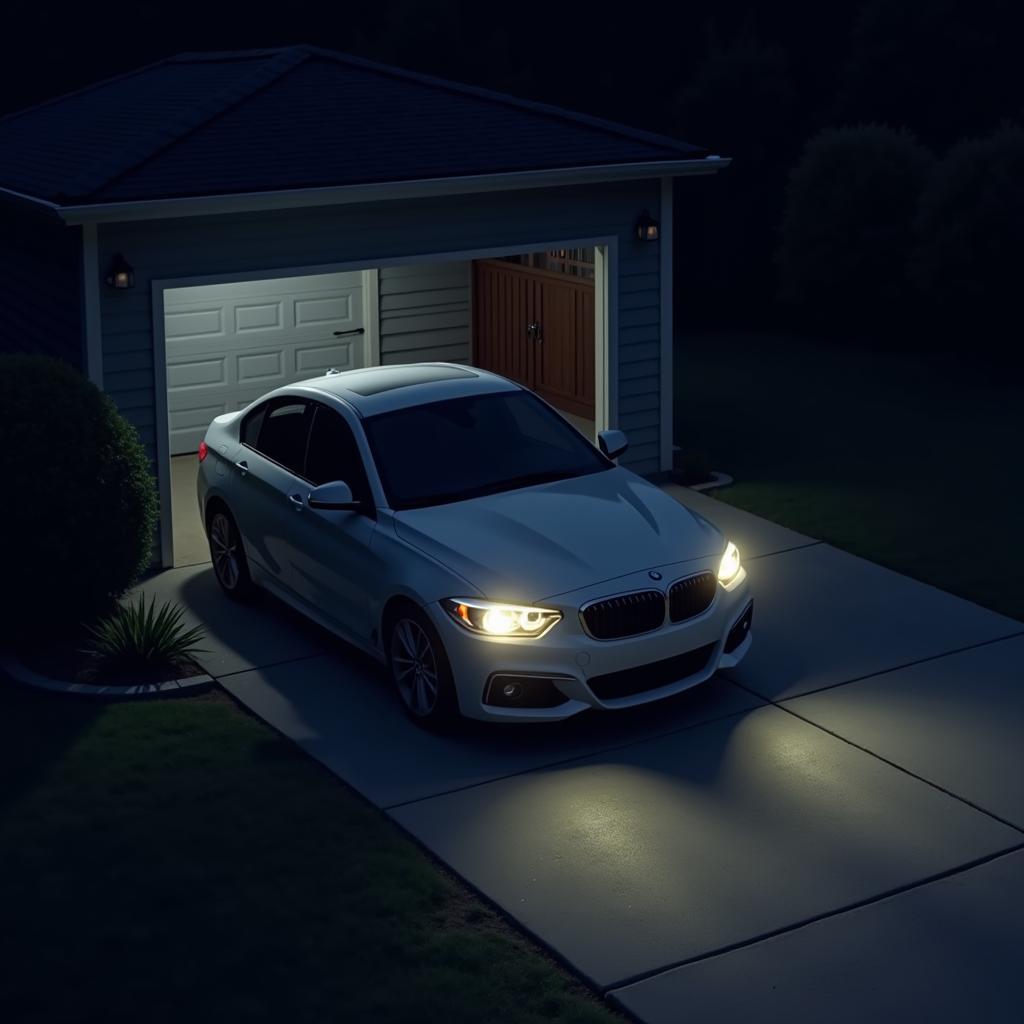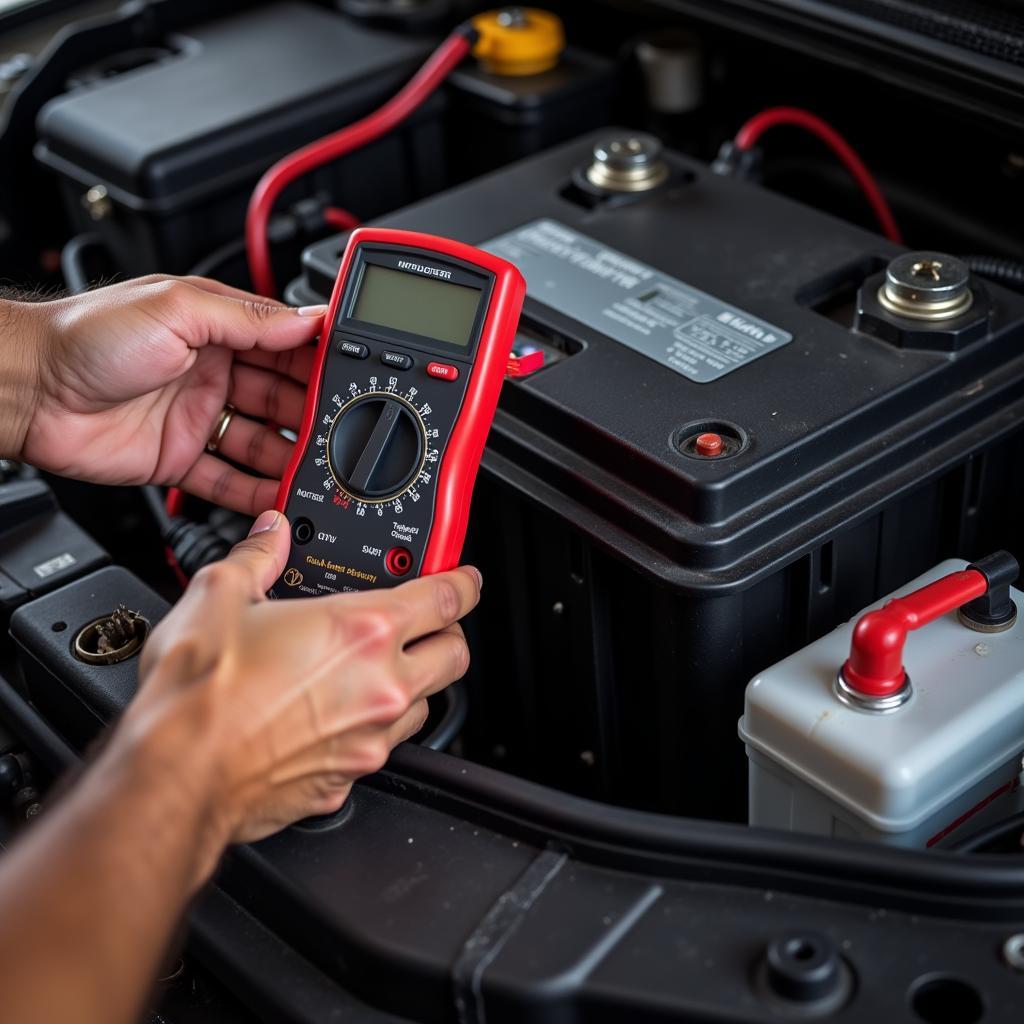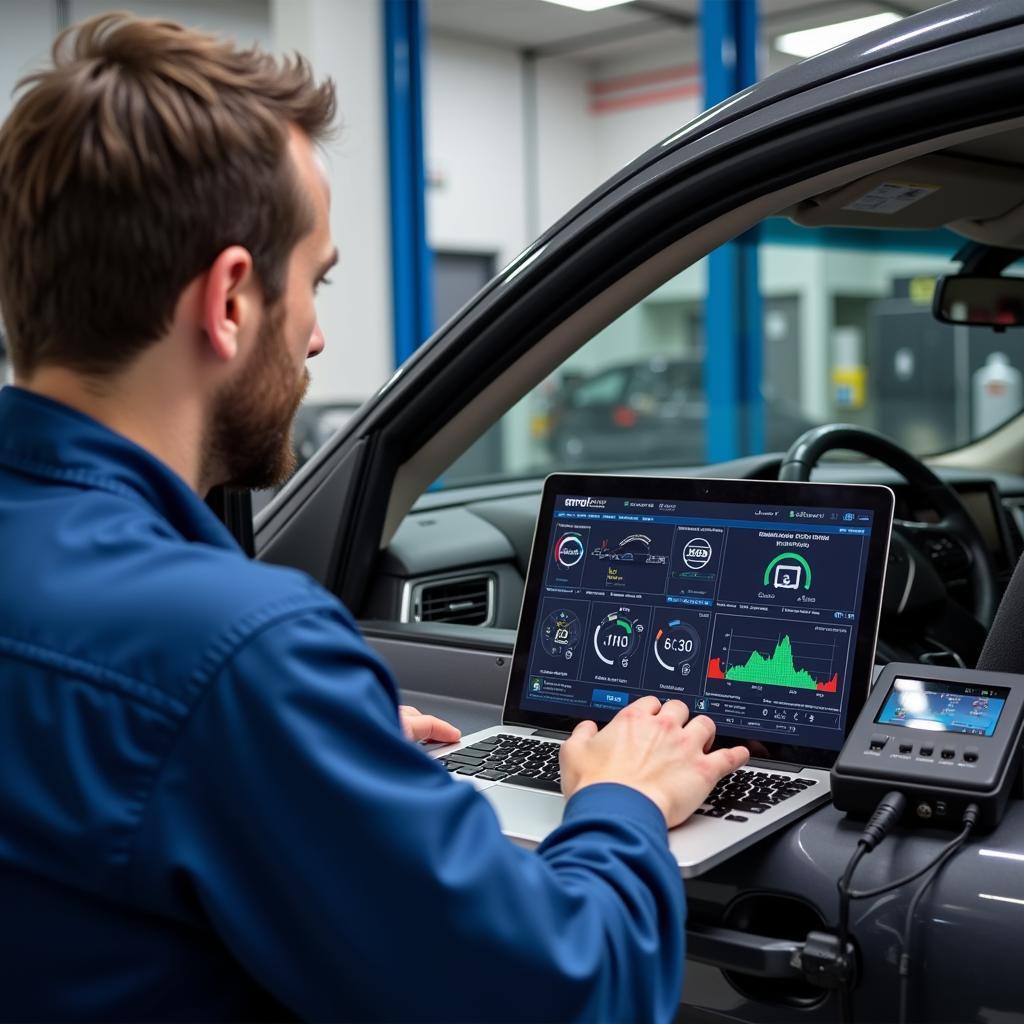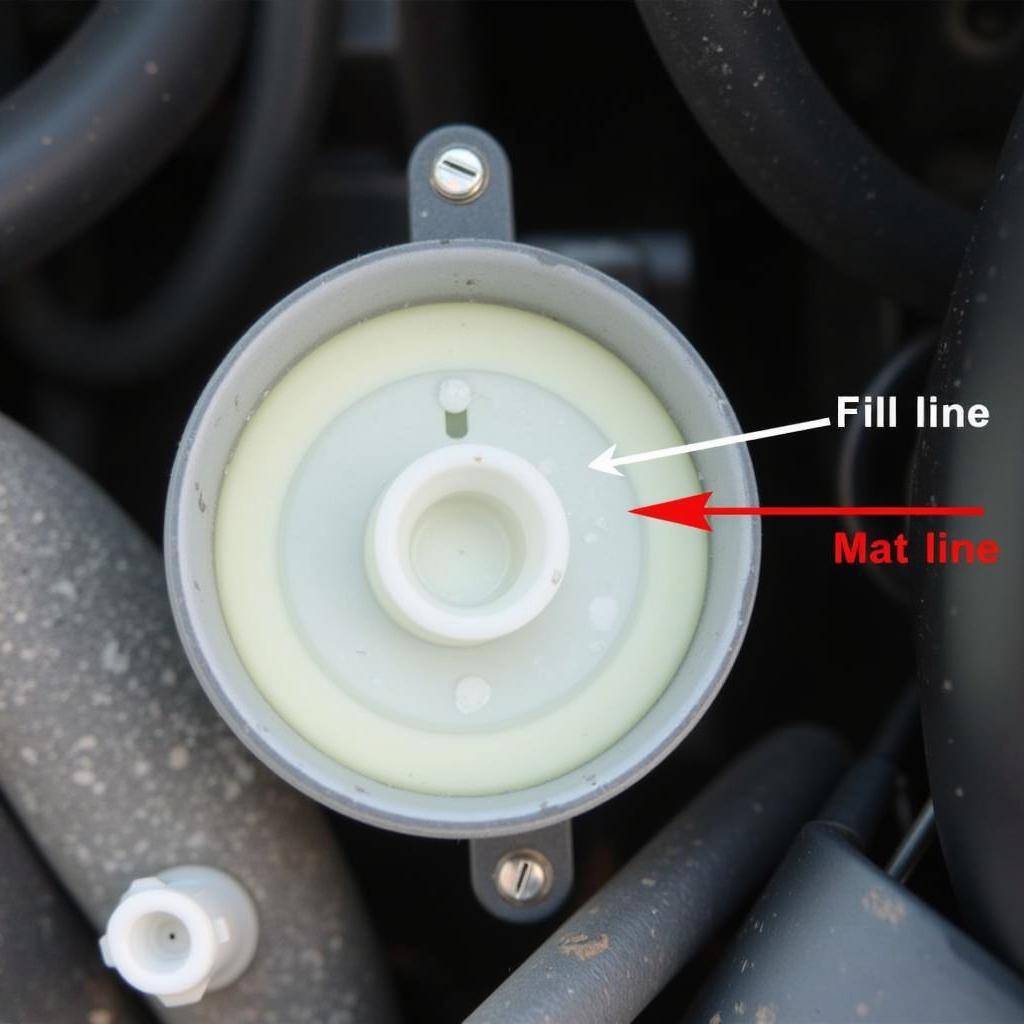A dead car battery is a frustrating experience, especially when you’re in a hurry. If your car battery got discharged, understanding the causes and solutions can save you time, money, and a lot of headaches. This article dives deep into the reasons behind a discharged car battery, offering practical troubleshooting tips, and even explores remote diagnostic solutions for modern vehicles.
Why Did My Car Battery Get Discharged?
There are several reasons why your car battery got discharged. Understanding the root cause is crucial for finding the right solution and preventing future occurrences.
Common Culprits Behind a Discharged Car Battery
- Leaving Lights On: This is a classic culprit. Interior lights, headlights, or even trunk lights left on can drain your battery overnight.
- Extreme Temperatures: Both extreme heat and cold can affect a battery’s performance. Heat can accelerate the chemical reactions within the battery, shortening its lifespan. Cold can slow down these reactions, making it harder for the battery to deliver power.
- Old Age: Batteries have a limited lifespan, typically three to five years. As they age, their ability to hold a charge diminishes.
- Parasitic Drain: Even when your car is off, certain systems like the clock, radio memory, and security system continue to draw a small amount of power. A faulty component can cause excessive drain, leading to a dead battery.
- Corroded Terminals: Corrosion on the battery terminals can disrupt the flow of electricity, preventing the battery from charging properly or discharging effectively.
- Faulty Alternator: The alternator is responsible for recharging the battery while the engine is running. A malfunctioning alternator won’t recharge the battery, eventually leading to a discharge.
 Car Battery Discharged Due to Lights Left On
Car Battery Discharged Due to Lights Left On
Troubleshooting a Discharged Car Battery
If your car battery got discharged, here are some steps you can take to troubleshoot the issue:
- Check the Obvious: Start by checking for any lights left on, including interior lights, headlights, and trunk lights.
- Inspect the Battery Terminals: Look for corrosion on the battery terminals. If you see white, powdery buildup, clean it off with a wire brush and a mixture of baking soda and water.
- Try Jump Starting: If you have access to jumper cables and another vehicle, try jump-starting your car. If it starts, this indicates a problem with the battery’s charge rather than a more serious electrical issue.
- Test the Battery: You can use a multimeter to test the battery’s voltage. A fully charged battery should read around 12.6 volts. A significantly lower reading suggests a weak or dead battery.
 Mechanic Testing Car Battery with Multimeter
Mechanic Testing Car Battery with Multimeter
Remote Diagnostics and Software Solutions
Modern vehicles are increasingly reliant on software and electronics. Remote diagnostics and software solutions can often identify and even fix certain battery-related issues.
How Remote Diagnostics Work
Remote diagnostics involve connecting your vehicle’s onboard computer to a diagnostic tool, often wirelessly. This allows technicians to access real-time data about your car’s systems, including the battery, alternator, and other electrical components.
- Identifying Parasitic Drains: Remote diagnostics can pinpoint excessive current draw from specific components, helping to identify parasitic drains that might be causing your battery to discharge.
- Software Updates: Sometimes, a simple software update can resolve battery-related issues. Manufacturers often release updates to improve battery management and address bugs that might be causing excessive drain.
- Remote Programming: In some cases, remote programming can be used to reconfigure certain vehicle systems to optimize battery performance.
“Remote diagnostics have revolutionized the way we diagnose and fix car problems,” says John Smith, Senior Automotive Electrical Engineer at AutoTech Solutions. “We can now identify and resolve issues much faster and more efficiently, saving car owners time and money.”
 Technician Performing Remote Diagnostics on Car
Technician Performing Remote Diagnostics on Car
Conclusion
Dealing with a discharged car battery can be a hassle, but understanding the causes and solutions can help you get back on the road quickly. By following the troubleshooting tips outlined in this article and considering remote diagnostic options, you can effectively address the problem and prevent future occurrences. If your car battery got discharged, remember to check the basics, inspect the terminals, and consider seeking professional help if the problem persists.
“Regular battery maintenance is key to preventing unexpected discharges,” adds Sarah Johnson, Lead Automotive Technician at CarCare Experts. “Simple checks like cleaning the terminals and having your battery tested periodically can significantly extend its lifespan.”
FAQ
- How long does a car battery last? Typically, car batteries last between three and five years.
- Can I jump-start my car myself? Yes, but it’s important to follow the correct procedure to avoid injury or damage to your vehicle.
- How can I prevent my car battery from discharging? Ensure all lights are off when parked, avoid short trips, and have your battery tested regularly.
- What is a parasitic drain? A parasitic drain is a small amount of current draw that occurs even when the car is off.
- Is it safe to drive with a corroded battery terminal? While you might be able to drive temporarily, corrosion can hinder proper charging and eventually lead to a complete discharge. It’s best to clean the terminals as soon as possible.
- How often should I have my car battery tested? It’s recommended to have your battery tested at least once a year, or more frequently if you live in an area with extreme temperatures.
- What are the signs of a bad alternator? Dim headlights, flickering interior lights, and strange noises from the engine compartment can indicate a failing alternator.


